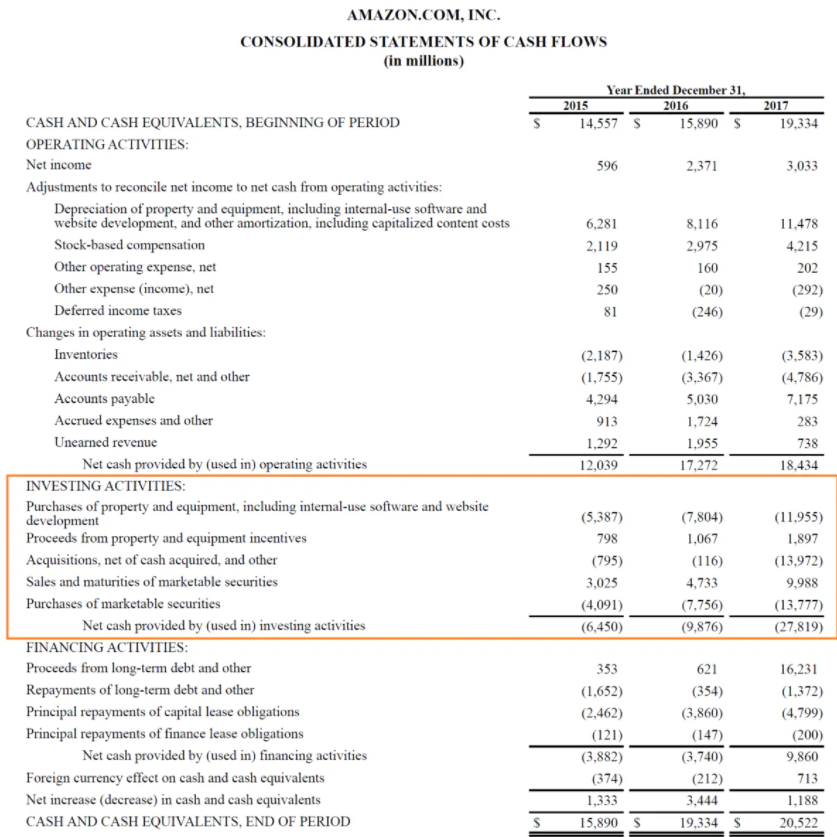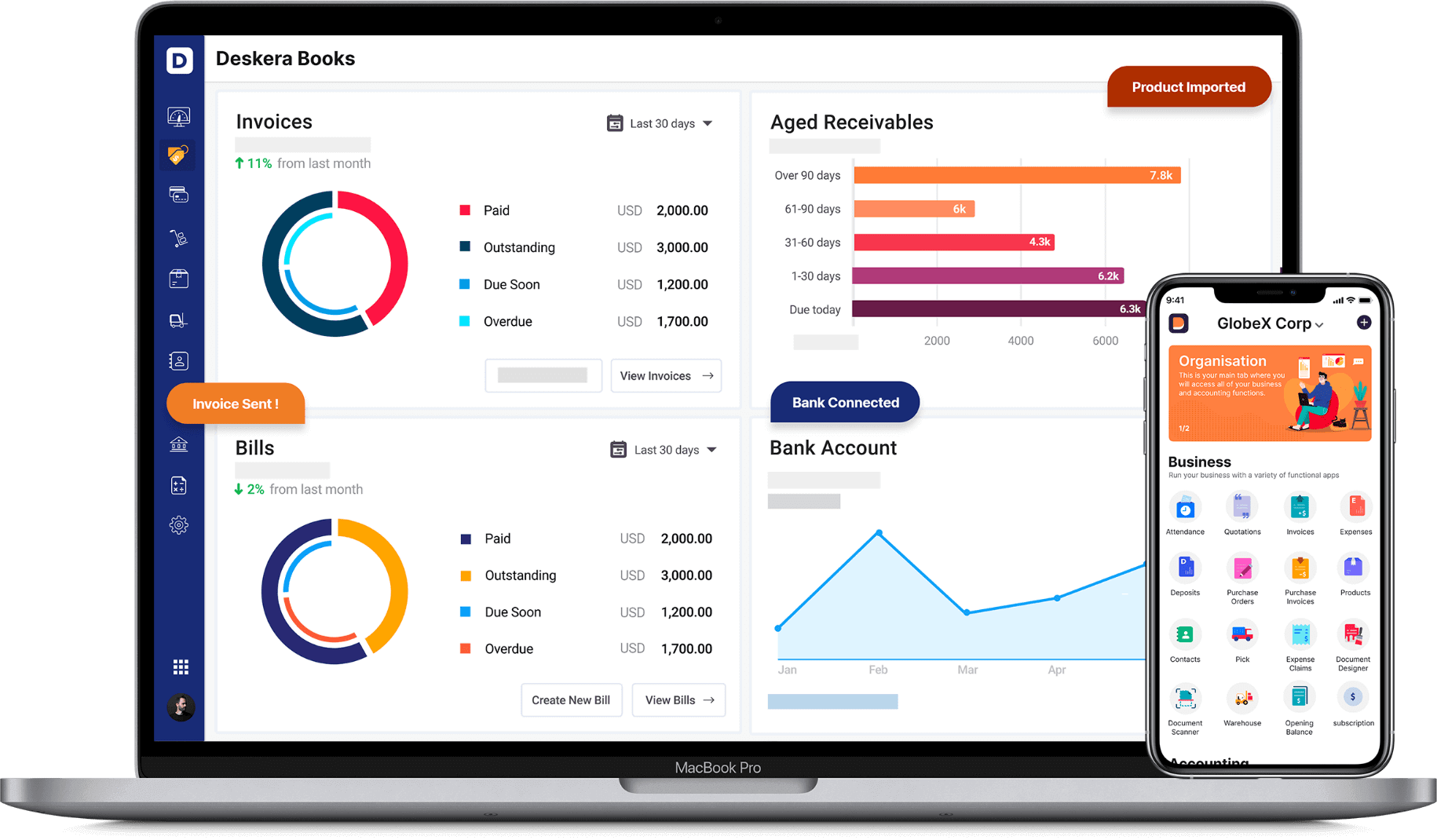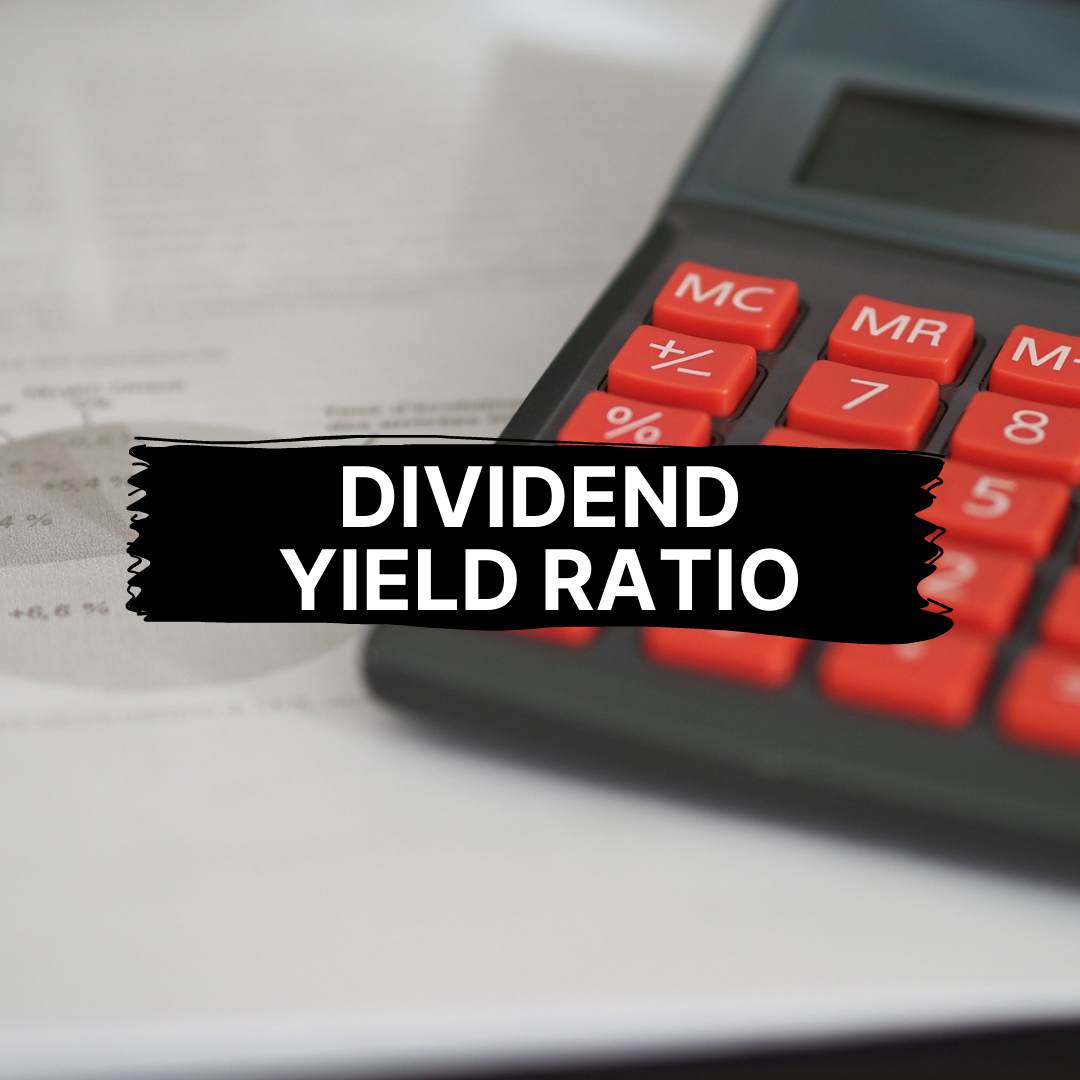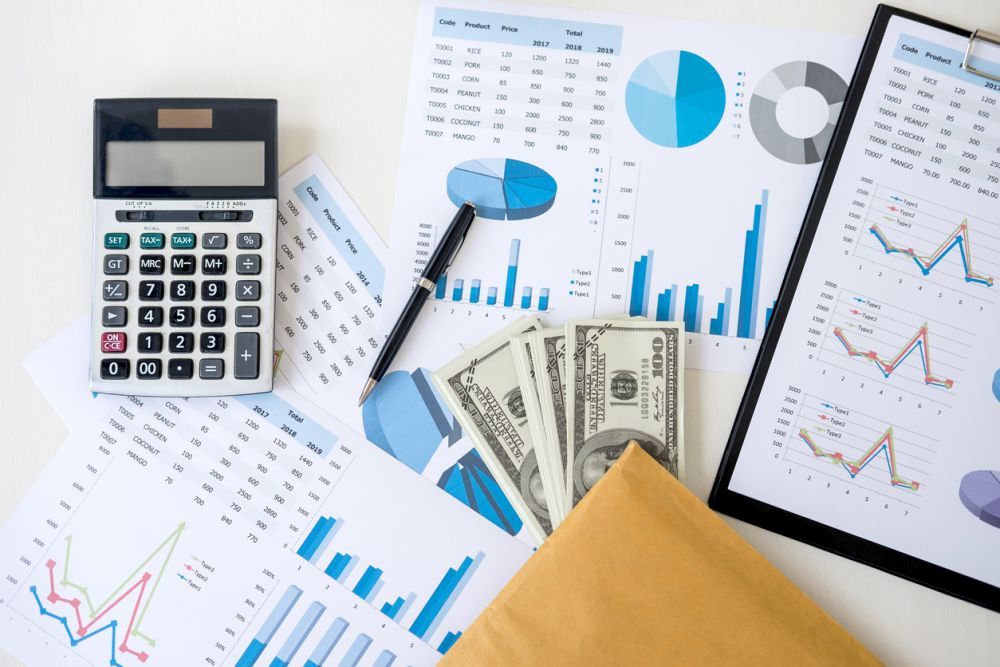“Beware (of) the investment activity that produces applause; the great moves are usually greeted by yawns.” - Warren Buffet
Warren Buffet’s other famous quote on investment is also this- “Do not put all eggs in one basket.”
In the current scenario, where the markets are volatile, inflation is ever rising, and new opportunities are constantly popping up, investing activities have become the key to you staying on the top of your game. Investing activities have multiple benefits like:
- Increases your revenue, returns on investment, and net profit
- It helps you combat inflation
- It helps in maintaining as well as increasing your business's technique of operations
- Encourages savings
- Improves your cash flow
- Gives taxation benefits
- Helps in developing a fund for emergencies
- Facilitates growth and development across various fronts of your business
And so on.

Investing activities involve the purchase and sale of assets, along with other business investments within a specific reporting period, which is then reported on the cash flow statement.
This article is a guide on what investing activities are and how they are to be reported on the cash flow statement. The topics covered are:
- What are Investing Activities?
- Differences Between Operating, Investing, and Financing Activities
- Examples of Investing Activities
- What is Cash Flow from Investing Activities?
- Items to be Excluded When Calculating Cash Flow from Investing Activities
- The Formula for Calculating Cash Flow from Investing Activities
- Example of Calculating Amazon’s Cash Flow from Investing Activities for the Year 2017
- Importance of Investing Activities
- How Can Deskera Help You With Investing Activities?
- Key Takeaways
- Related Articles
What are Investing Activities?
In accounting, investing activities refers to the purchase and sale of long-term assets and other business investments within a specific reporting period. Investing activities are, in fact, one of the main categories of cash activities that your business would be reporting on its cash flow statement.
Considering that your business’s reported investing activities will give an insight into the total investment gains and losses that it incurred during a specific period, it is a crucial component of your company’s cash flow statement.
In fact, investing activities are those that are directly related to the growth of your business while also bringing in profits in the long run, making income earned from investing activities sustainable.
For instance, if your company buys a new machine, then the output produced by your company will increase, therefore improving its cash flow and increasing its gross profits. Similarly, if your company invests in obtaining acquisitions, it will increase your revenue by increasing your efficiency.
Investing activities includes, but is not limited to the following:
- Purchase of property plant and equipment (PP&E), which is also known as capital expenditures.
- Proceeds from the sale of PP&E
- Acquisitions of other companies and businesses
- Proceeds from the sale of other businesses (divestitures)
- Purchases of marketable securities (i.e., stocks, bonds, etc.)
- Proceeds from the sale of marketable securities
And so on.
The list, as mentioned above, is just a few examples to give you an idea, for there are more items that are part of investing activities, depending on your company.
If you are unsure about what needs to be included as investing activities in the cash flow statement, you should refer to your balance sheet and analyze any and all the differences that have happened in the section of non-current assets over two time periods. Any changes in the values of these long-term assets (except the effect of depreciation) are a clear indication of investing items that should be reported on your cash flow statement.
Differences Between Operating, Investing, and Financing Activities
Your business’s cash flow statement will have three distinct categories for the reporting of sources and uses of cash. These are:
- Cash flows from operating activities
- Cash flows from investing activities
- Cash flows from financing activities
By assessing each of these three categories, you would be able to correctly identify your company's strength, profit-generating abilities, and how long it will be able to stay in business. Your major financial decisions will hence also get determined by your cash flow statement, and this is also why it is important for you to understand the difference between these three categories of the cash flow statement.
In addition to this, an understanding of the differences between them will also make it easier for you or your bookkeeper, accountant, or CPA to identify and correct the errors committed during financial reporting. The difference between cash flows from operating, investing, and financing activities are:
Cash flow from operating activities takes place when the activities performed by your business brings in net income. For example, cash sources from sales, cash used to purchase inventory, payment of operating expenses like salaries and utilities. In fact, cash flows from operating activities also include cash flows from income tax, interest, and dividend revenue interest expense.
In contrast, cash flow from investing activities are those that arise due to the business transactions in cash for your business’s long-term investments in long-term assets. Usually, these are identified through the changes in the fixed assets section of the long-term assets section of your balance sheet. For example, payments for the purchase of land or building, cash receipts from the sale of equipment, etc.
Lastly, cash flow from financing activities are those cash transactions that are related to your business raising money through debt or stock or through repayment of debt. These are identified through changes in the long-term liabilities on the balance sheet and changes in the equity on the Statement of Stockholder’s Equity. For example, cash proceeds from the issuance of capital stock or debt instruments like notes or bonds payable, cash payments for dividend distributions, purchase of treasury stock, etc.
Examples of Investing Activities
When your business sells or buys an investment, it either brings gains or losses to your cash flow statement. Some of the examples of such investing activities which are most often seen on cash flow statements’ investing activities section are:
Purchase of Investments
Any purchase of investments in cash, like, for example, the purchase of stocks or bonds, will lead to a decrease in your business’s cash flow, equivalent to the purchasing cost. This is because, in such circumstances, cash is flowing out of your business for that time period to cover your purchase expense.
Proceeds from the Sale of Investments
If your business sells off one of its investments for cash, then an increase in cash flow would be seen due to this investing activity. This remains the case, even if your business has sold an investment at a price lower than its purchasing price, hence incurring a loss. This is because you would still be receiving cash in exchange for your sale, which will hence lead to an increase in your cash flow.
Purchase of Fixed Assets
Fixed assets like land, vehicles, buildings, etc., are usually purchased on credit rather than through cash. It is because of this reason that cash flow from this investing activity is reported on your cash flow statement slowly and over a period of time, mostly in line with your installment payment dates.
For example, you have purchased a car that requires you to pay yearly installments of $1,000. Each time you take out cash to pay your $1,000 installment, that amount would be recorded under the investing section of your cash flow statement, observing a negative cash flow.
Proceeds from the Sale of Fixed Assets
Whenever your company sells its fixed assets like a property, used vehicle or computer, etc., the proceeds received from this sale will lead to an increase in your cash flow, which would also be reflected in investing activities section of your cash flow statement.
What is Cash Flow from Investing Activities?
Investing activities include but are not limited to the purchases of physical assets, investments in securities, or the sale of securities and assets. Hence, when talking about cash flow from investing activities (CFI), you are referring to that section on the cash flow statement, which reports the cash generated or spent through various investing activities.
However, if you have negative cash flow from investing activities, it might also mean that you have invested large amounts of money in activities like research and development, which will be beneficial to the long-term health of your company. A negative cash flow from investing activities therefore does not always mean a poor company performance.
However, before you analyze whether you have positive cash flow from investing activities or negative cash flow from investing activities, you should first review whether your investing activities fall within your company’s financial statements or not. The three main financial statements of your company are:
- Balance Sheet- This gives you an overview of your company’s assets, liabilities, and your equity as the owner as of on a specific date.
- Income Statement- Income statement gives an overview of your company’s revenues and expenses during a specific period.
- Cash Flow Statement- This statement serves the purpose of bridging the gap between your balance sheet and income statement by showing how much cash has been generated and spent on operating, investing, and financing activities during a specific time period.
Considering that investing activities are important factors for your business’s growth and capital, analysts would want to monitor how much your company is spending on PP&E. To do so, they will have to look in your business’s investing section in the cash flow statement. Under the investing section, they will further have to look for the sources and uses of funds.
In fact, even the capital expenditures (CapEx) of your business can be found under the same section. This is because capital expenditures, which show capital investments, is one of the popular ways in which stocks are valued. Capital expenditures, however, lead to a reduction in your cash flow. These are, however, for the betterment of your company as they not only indicate that your company is investing in future operations and is in a state of growth but will lead to an increase in your company’s profitability.
In fact, in order to ensure that your capital expenditure is efficient and therefore leading to profits, you should decide financial metrics through which you would be able to monitor and assess its performance.
Some of the examples of investing activities with their respective nature of cash flows are:
- Purchase of fixed assets- Negative cash flow
- Purchase of investments like stocks or securities- Negative cash flow
- Lending money- Negative cash flow
- Sale of fixed assets- Positive cash flow
- Sale of investment securities- Positive cash flow
- Collection of loans and insurance proceeds- Positive cash flow
What needs to be noted here is that cash flow from investing activities also depends on the age and type of your company. This is because if you are a fast-growing but young company, then you are more likely to have a negative net cash flow in order to continue being competitive in the market while also developing your business.
Items to be Excluded When Calculating Cash Flow from Investing Activities
A proper understanding of cash flow from investing activities also involves you being well aware of what should not be added in this calculation. The list of things that should not be a part of your calculation of cash flow from investing activities are:
- Regular income and expense transactions
- Interest payments
- Dividends
- Depreciation of capital assets
- Debt or equity financing
Why these items should not be added under the investing sections of your cash flow statement is because they are added under other sections of your cash flow statement. Hence, adding them again under your investing section will lead to either understatement or an overstatement of your cash flow. Both of these will reduce the accuracy of your financial KPIs, as well as your efforts towards optimizing them or improving them.
The Formula for Calculating Cash Flow from Investing Activities
While there is no globally agreed-upon formula for calculating cash flow from investing activities, the formula that is most commonly used and agreed upon by experts is:
Cash Flow = Total Investment Sum - Losses + Notional Gains
For Example, A fictitious company ABC manufactures fertilizers. The information available via their stock market filings are:
- In FY 2020-2021, ABC set up a new plant worth INR 800 crores.
- Half of this sum was acquired by the company through the issuance of debt instruments.
- Its old facility was sold at a loss of INR 10 crores.
- The "closing written down value" of their old plant was INR 150 crores.
- For construction, additional INR 20 crores were used.
- ABC sold its stake in a sister concern for around INR 50 crores, while INR 12 crores were received via early repayment of loans and interest accrued.
- It was also able to receive INR 5 crore as a dividend (as discussed above, this is to be excluded in your calculation of cash flow from investing activities).
Solution:
Example of Calculating Amazon’s Cash Flow from Investing Activities for the Year 2017
When looking at the 2017 financial statements of Amazon, the investing activities found were:
- Outflow: Purchase of PP&E, including software and website development
- Outflow: Purchase of marketable securities
- Outflow: Acquisitions, net of cash acquired
- Inflow: Proceeds from the sale of property and equipment
- Inflow: Proceeds from the sale of marketable securities

In addition to the long-term investments that Amazon has taken part in, which will definitely bring in more revenue for the company, what should also be noted is how the purchase of PP&E (CapEx) has been fairly proportional to depreciation. This indicates that Amazon has been reinvesting consistently to ensure that its assets continue to remain in good shape.
Importance of Investing Activities
Investing activities are important because they are the base on which your business can succeed. This is because:
- They support your business’s future growth.
- They make it possible to estimate the future revenue of your business.
- Your company can expect to get higher revenue and profit margins through it.
- Higher profits attract more stock investors, hence raising your company’s stock prices.
- Your company’s ability to repay loans increases as creditors and banks take more profits as a more and secure source of cash inflow.
- While investing activities like the purchase of new machines or building of a new factory leads to negative cash flow, in the long run, it increases your output, operating income, and account receivable and reduces your operating expenses and account payable. In fact, even investments like short-term marketable securities, which initially leads to negative cash flow, can help your company in boosting its profits.
How Can Deskera Help You With Investing Activities?
Deskera Books is online accounting software that can be accessed from anywhere. It does it all for you- from recording income and expenses, creating invoices to keeping your financial statements updated in real-time. Through its user-friendly features, it will also make the entire process of reporting cash flow from investing activities on your cash flow statement easier, faster, as well as more efficient.

Deskera Books is also one of the best ways to monitor your financial KPIs, which will constantly be updated in real-time. This will not only help you with improving your cash flow but also in making correct decisions in your investing activities. Additionally, even your accountant can view your financial reporting on Deskera Books by just sending them an invite link from your account for the same.
Key Takeaways
In today’s time, for a business to flourish and grow, innovation has become the crux. This has also brought to the forefront the role played by investing activities in the same. Investing activities involve but is not limited to:
- Purchase of property plant and equipment (PP&E), which is also known as capital expenditures.
- Proceeds from the sale of PP&E
- Acquisitions of other companies and businesses
- Proceeds from the sale of other businesses (divestitures)
- Purchases of marketable securities (i.e., stocks, bonds, etc.)
- Proceeds from the sale of marketable securities
The cash flow that results from all such investing activities needs to be reported under the investing section of your cash flow statement. For those that are long-term investments, whose payments are to be done in installments, they would get reported on your cash flow statement over a period of time. Investing activities can also be identified from changes in your fixed asset section in your balance sheet.
While earlier analysts and investors used to refer to only income statements and balance sheets to know how well your company is doing, today, they have started looking at cash flow statements too. This is because, even if there is a negative cash flow from investing activities, it often indicates that your company is in a growing phase. Hence, in order to get the complete picture of your company, the investors and analysts look at all these three financial statements.
Lastly, one of the best ways to report your cash flow from investing activities is by using Deskera Books and all the user-friendly features that it offers, especially for making your financial reporting and financial auditing life easier.
Related Articles














